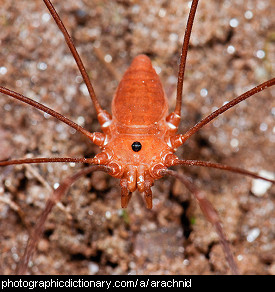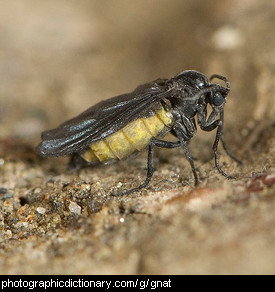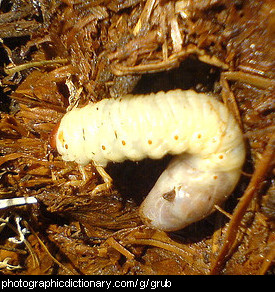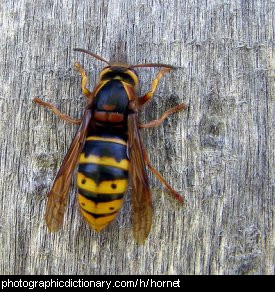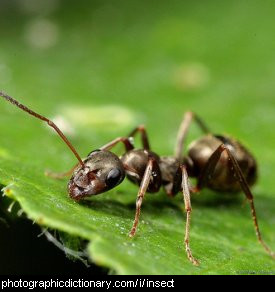Scientific name: order: actiniaria
Sea anemones are closely related to coral and jellyfish. They eat small sea creatures and small fish that drift past them into their tentacles. The tentacles have poison in them, and the anemone stings them to kill them before it eats them.
Sea anemones spend most of their lives stuck to the same rock or other surface, but can unstick themselves and swim to a new rock if conditions aren't good for them, such as if their rock dries out for too long or something is trying to eat or damage the anemone.
Sea anemones can reproduce in the usual way by releasing eggs and sperm, but they can also reproduce by budding off new anemones or by splitting themselves in half to form a new anemone.
Bacteria are organisms that have only one cell. In contrast, humans are made up of millions of cells. Bacteria are so small they cannot be seen, but if enough of them are in the same place you will be able to see them.
Most bacteria are harmless or even beneficial, but some can cause food poisoning, infection and disease.
Scientific name: family: cicadidae
Cicadas are big, noisy insects that can be found all over the world. Most species are about 2-5cm long but some grow to 16cm long. Only male cicadas make the noise, and they are partly hollow to make the noise louder. Female cicadas are not hollow, and as they are very big and meaty, some people eat them.
Cicadas spend the first part of their life underground as nymphs, a time of their life which can last for up to 17 years. When the nymphs come to the surface, they shed their skin and emerge as winged adult cicadas.
Scientific name: class: anthozoa
Coral are tiny animals that grow together to form huge colonies. Sometimes these colonies are so big we call them reefs. Coral do not move around, they live and die fixed in one place, which is more like a plant than an animal. Coral eat small fish and sea creatures by trapping them as they pass with their stinging tentacles.
Scientific name: suborder: nematocera
Gis forGrasshopper
Scientific name: suborder: caelifera
A grub is the immature form of many insects, particularly beetles. Grubs usually live in the ground or in fallen leaves, eating rotting vegetation. The grubs you commonly see in your backyard will grow up to be either beetles or moths. Grubs all look quite similar to each other but can look dramatically different to the adult insect they will turn into.
A hornet is a common name given to some types of large wasp. Hornets have stingers and eat other insects.
Insects are a very common group of creatures, found all over the world except the sea. Insects all have six legs and antennae on their heads to help them find their way around. Many insects have wings. Insects lay eggs and many start life as a worm-shaped larval stage before growing up into the adult form that you see everywhere. The larval stage of the butterfly, the caterpillar, is the most well-known.








